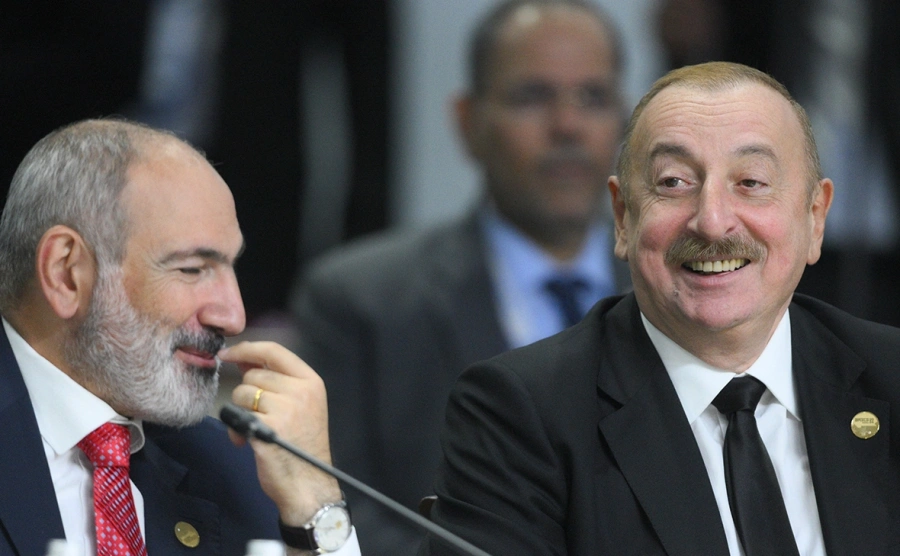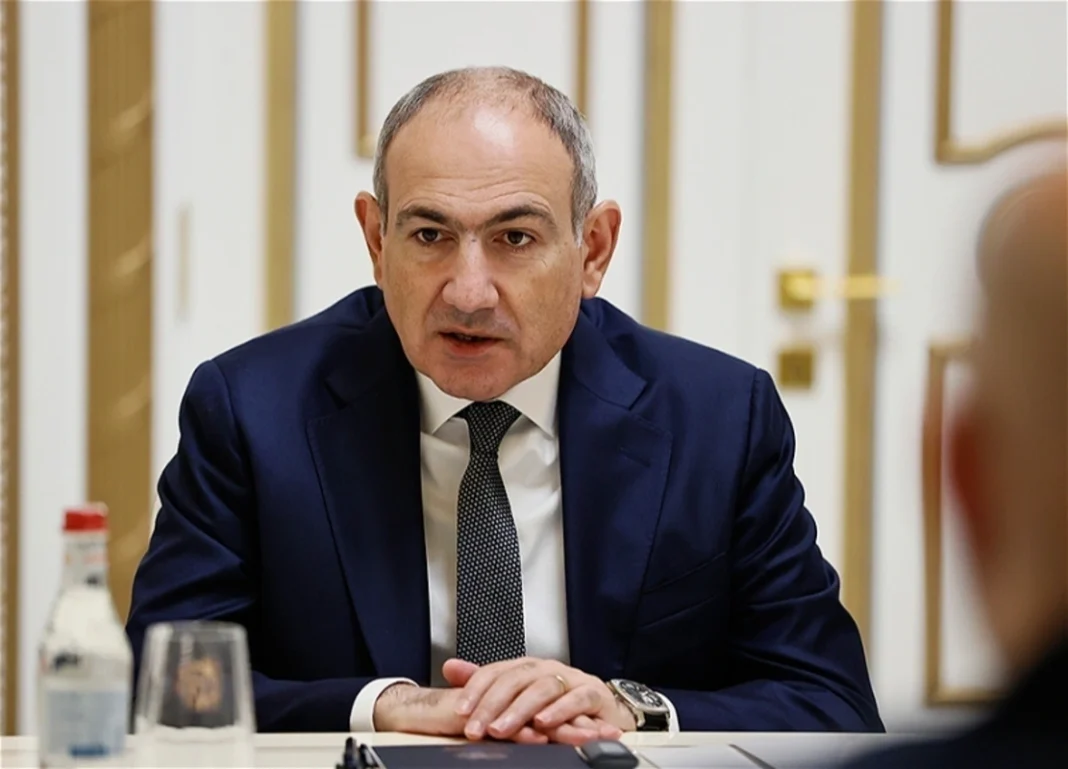WASHINGTON / MOSCOW, August 11 — The South Caucasus may be on the verge of a historic transformation after leaders of Armenia and Azerbaijan took decisive steps toward ending decades of conflict during high-level meetings in Washington.
On August 8, Azerbaijani President Ilham Aliyev, Armenian Prime Minister Nikol Pashinyan, and U.S. President Donald Trump met at the White House, where the foreign ministers of Armenia and Azerbaijan — Ararat Mirzoyan and Jeyhun Bayramov — initialed a peace and interstate relations agreement. The deal, according to both sides, reflects “balanced interests” and lays the groundwork for lasting peace and stability in the region.
As part of the talks, the ministers sent a joint appeal to the OSCE Chairperson-in-Office, calling for the dissolution of the long-defunct Minsk Group, the elimination of the OSCE personal representative on the conflict, and the disbandment of the High-Level Planning Group.
In a symbolic gesture, the three leaders — Trump, Aliyev, and Pashinyan — signed a joint declaration affirming the permanent cessation of hostilities, mutual recognition of sovereignty and territorial integrity, and the restoration of trade, travel, and diplomatic ties.
Pashinyan hailed the outcome in a statement on his Telegram channel, calling the agreement “a solid foundation for lasting peace” in the South Caucasus. “It is the result of mutual understanding between Armenia and Azerbaijan and reflects the balanced interests of both countries,” he wrote.
“Trump Route” and Economic Vision
One of the landmark decisions was the launch of the “Trump Route for Peace and Prosperity” — a transport corridor connecting mainland Azerbaijan with its Nakhchivan exclave through Armenian territory. The project includes not only a railway but also potential oil and gas pipelines, power lines, and internet cables. Pashinyan said the initiative would bring Armenia significant transit revenues, while also creating new strategic links: a railway for Iran from the Persian Gulf to the Black Sea, and a direct rail connection between Russia and Iran.
Trump announced that the U.S. will cooperate on the corridor for 99 years, with American companies prepared to invest heavily in infrastructure in both Armenia and Azerbaijan.
The White House also confirmed that the U.S. president has revoked Section 907 of the Freedom Support Act, a long-standing restriction on aid to Azerbaijan, calling it “a step toward eliminating a legacy obstacle in U.S.–Azerbaijani relations.”
Moscow’s Reaction and Next Steps
Russian Foreign Minister Sergey Lavrov discussed the Washington outcomes by phone with his Armenian counterpart Ararat Mirzoyan, emphasizing the need to maintain peace “in line with trilateral agreements” previously brokered by Russia.
Separately, Putin and Pashinyan held a phone call in which the Armenian prime minister briefed the Kremlin leader in detail on the Washington talks and on preparations for upcoming U.S.–Russia negotiations in Alaska. Putin reiterated Moscow’s readiness to support normalization between Yerevan and Baku and outlined his recent meeting with U.S. presidential envoy Stephen Witkoff.
The two leaders also discussed strengthening Armenia–Russia trade and investment ties and cooperation within the Eurasian Economic Union.
Regional Significance
Analysts say the Washington agreements could fundamentally reshape the South Caucasus, ending decades of hostility and opening a new era of regional integration. Supporters argue that the involvement of the U.S. — alongside potential economic benefits from the Trump Route — creates strong guarantees against backsliding, though political challenges remain from groups opposed to reconciliation in both countries.










